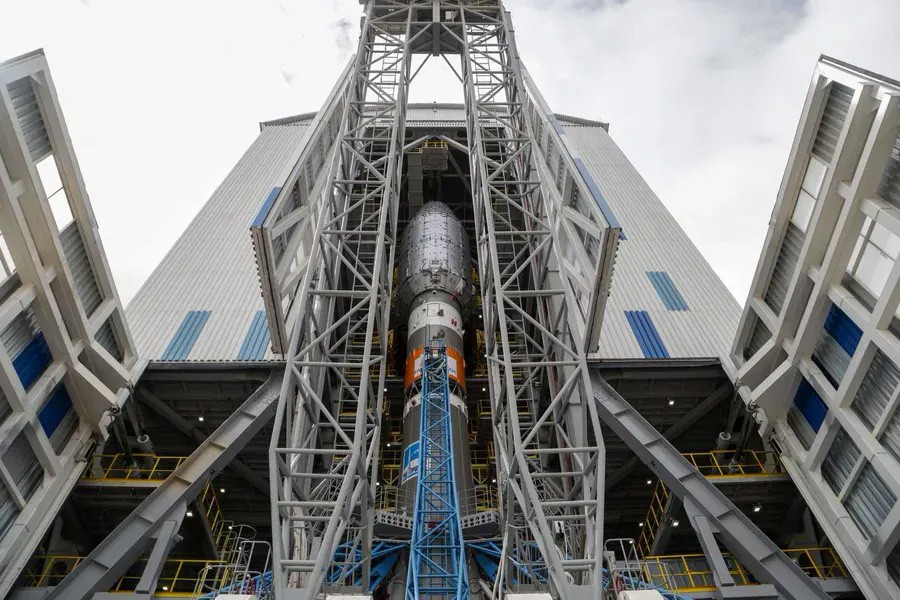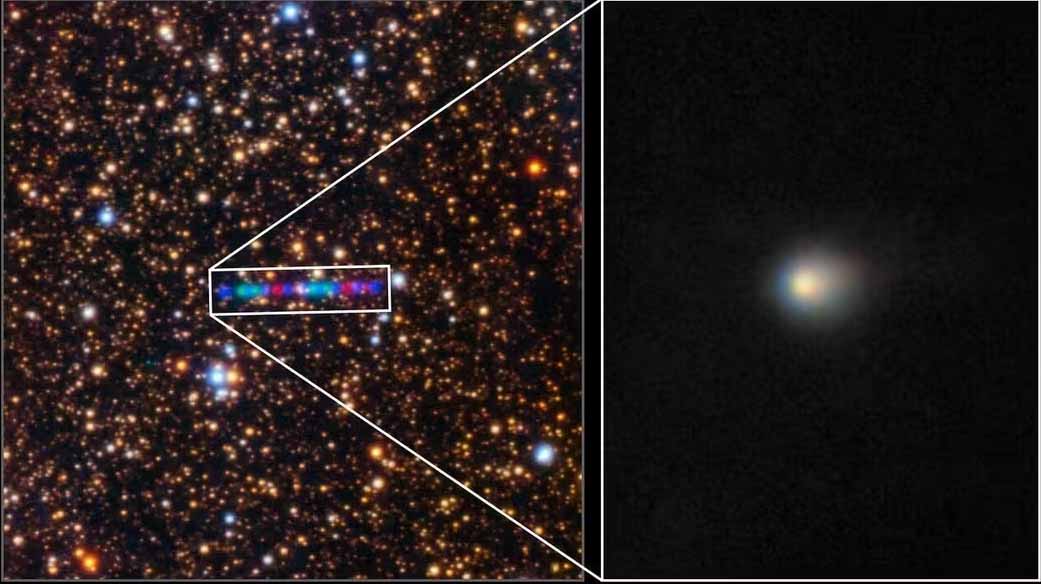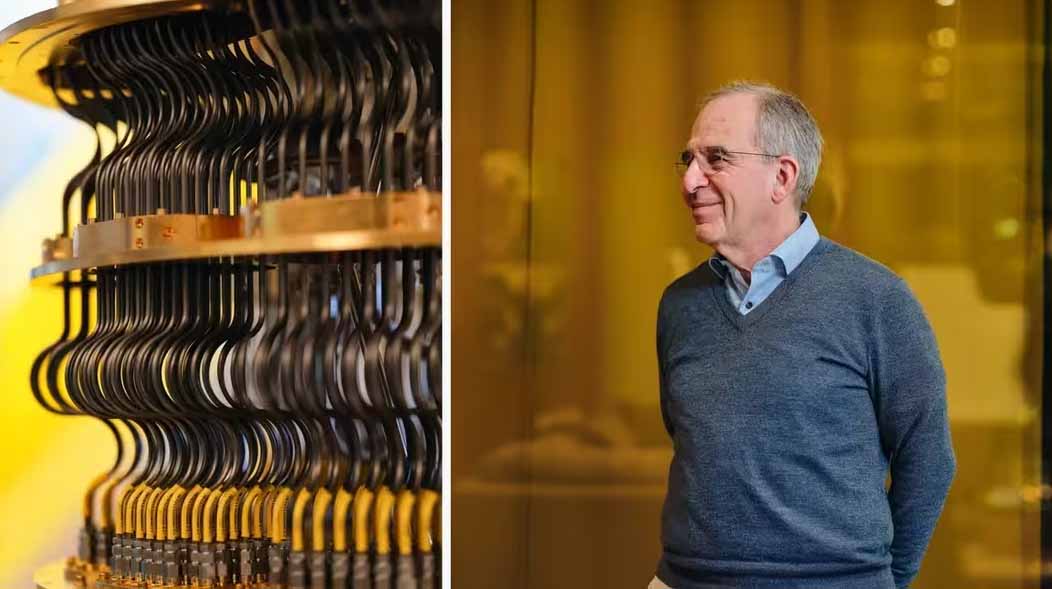An international scientific team presented a new concept for the existence of life beyond the Earth — a zone of radiolithic habitability, based on the use of cosmic radiation as an energy source. According to published calculations, microscopic life can exist under the surface of planets and moons that do not have a dense atmosphere, including Mars, Europa and Enceladus, due to chemical processes caused by galactic cosmic rays.
The key mechanism is water radiolysis — a process in which ionizing radiation destroys water molecules to form radicals, ions, and free electrons. These decay products can be used by microorganisms as an energy source similar to photosynthesis. A precedent has already been set on Earth: the bacterium Desulforudis audaxviator, found at a depth of almost 3 kilometers in South Africa, uses radiolysis as its main metabolic source, being completely isolated from sunlight.
Simulations conducted by scientists have shown that the most favorable conditions for the maintenance of microbial life at a depth of several meters are created on Enceladus, a satellite of Saturn. The calculations indicate a potential density of up to 43 thousand cells per cubic centimeter, and the level of energy support — up to 100 million ATP molecules per gram of substance per second. Mars and Europa also show positive values, although with lower biomass.
The authors emphasize the universality of the proposed mechanism: in the absence of a magnetic field and a dense atmosphere, cosmic rays penetrate the surface layers and trigger chain chemical reactions leading to the formation of secondary electrons. These electrons can be used in metabolism through direct transfer or through chemical transporters.
Some well-known microorganisms, such as Geobacter, Shewanella and Rhodopseudomonas palustris, have already demonstrated the ability to use external electrons for biological purposes, making them biological analogues of potential extraterrestrial life.
Previously, radiolysis was considered mainly as a destructive process for organic matter. However, new data show that radiolysis products can participate in the synthesis of vital molecules-amino acids, sugars, macromolecules, and iron-sulfur clusters that provide key metabolic functions. These processes may have played a role in the origin of life on the early Earth and may continue to shape conditions on other Solar System bodies.
Enceladus is considered the most promising object due to the presence of a subsurface ocean, whose emissions contain acetates and other organic compounds. On Mars, similar compounds are found near the polar caps, where potential subsurface water reservoirs are also found.
The authors of the study for the first time formalized the concept of "radiolytic habitability zones" (RHZ) — areas under the surface where the energy of radiolysis is sufficient to support life. The calculated values of power and current density confirm the possibility of the existence of microorganisms similar to D. audaxviator, although the current density is still significantly lower than laboratory conditions, which requires additional experimental confirmation.
Future missions, including Europa Clipper, Mars Life Explorer, and Enceladus Orbilander, are expected to be able to test the existence of such zones for the first time using radar measurements, drilling, and chemical analysis. Attention will be focused on the areas with the lowest thickness of the ice crust and the highest probability of contact with liquid water-from the southern cracks of Enceladus to the polar regions of Mars. The new approach opens up prospects for expanding the search criteria for life and revising the usual ideas about the limits of habitability in the Solar System.












